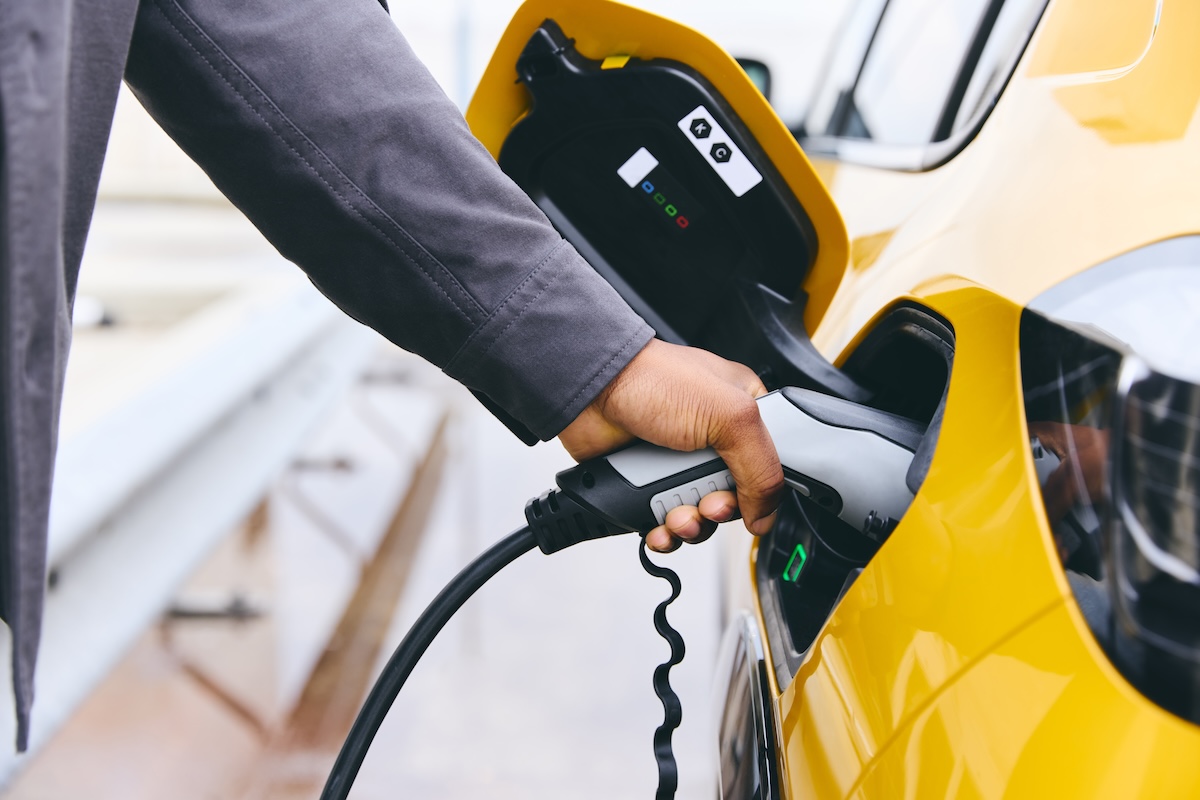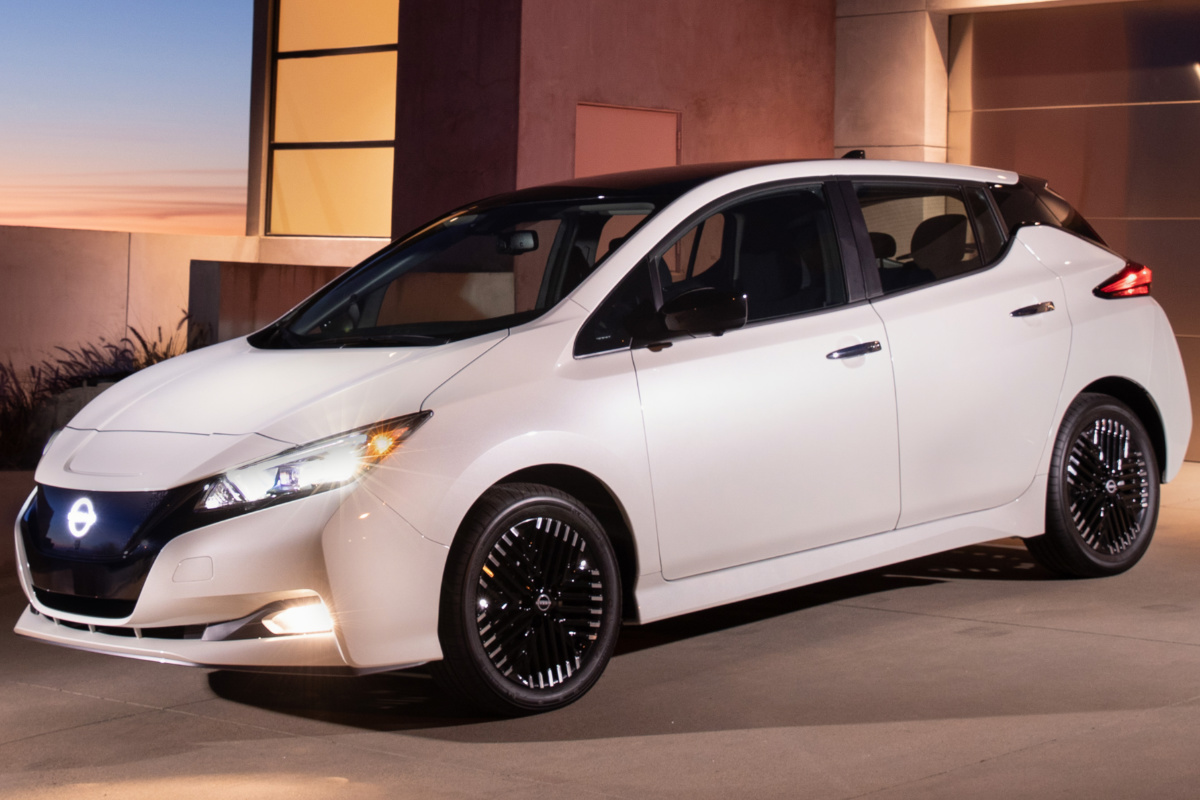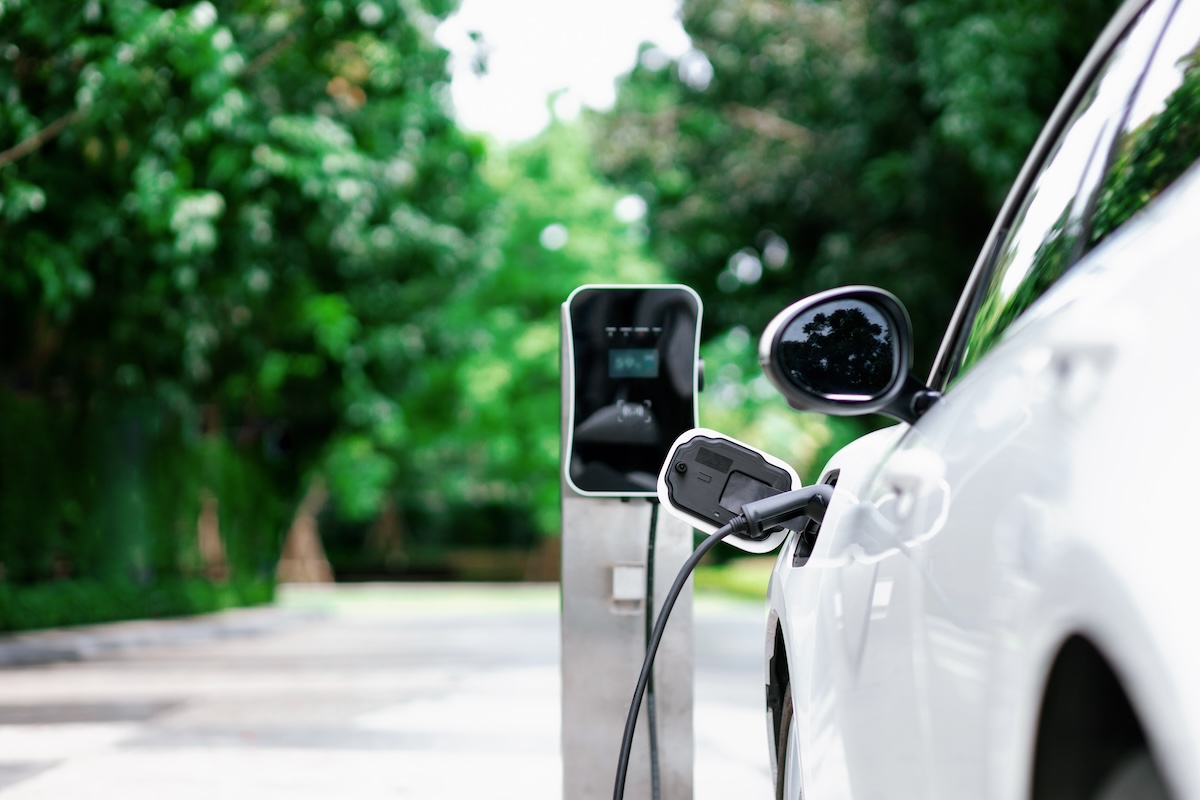If you’re looking for free electric vehicle charging stations near your home or workplace, or you’re wondering how to find free EV chargers while you’re on the road, you’re in the right place.
Chances are, if you’re researching public charging infrastructure, you’re either driving an electric car already, or you’re planning to drive one in the near future, and therefore, you’re probably already aware of the benefits of this significant lifestyle change.
The benefits of using EV charging stations are numerous, and this guide will help you find free charging stations along your route as well as better understand the impact of charging stations compared to ICE (internal combustion engine) vehicles and gas stations.
It’s well known that the cost of filling up a gas-powered vehicle at a gas station varies widely, based on location, the type of gas you’re buying, and everyday fluctuations in oil prices. If you’re new to driving an EV, you might be surprised to learn that the cost of charging an EV varies as well.
Though the availability of free charging stations varies across the United States and Canada, the potential cost savings of finding and using free chargers is well worth a little research.
How to Find Free EV Charging Stations
- Free EV Charging Stations Near Me
- Top-rated apps and websites you can use
- What if I Can’t Find a Free Station?
- Tips for Efficiently Charging Your EV
- Benefits of Using EV Charging Stations
Free EV Charging Stations Near Me
How to Find Free EV Charging Stations in Your Area:
- Use online charging station directories
- Download mobile apps for real-time availability
- Check with local businesses and organizations
Ready to start looking for free public EV charging stations? Whether you’re finding free EV charging stations in your area, or you’re trying to get comfortable finding them when you’re on the road, there are several great resources for finding affordable ways to charge your electric car.
If you’re already an EV driver, you’ve probably used resources such as online listings and maps of charging stations, as well as mobile apps, either on your smartphone or in the vehicle, to locate nearby chargers and find open chargers that are not in use.
There are a ton of these types of directories and apps available, and it’s all a matter of personal preference. Some drivers will simply use the app for their specific vehicle, which often includes charging information and directions as well as vehicle-specific functions such as remote locking and unlocking and remote start.
Top-rated apps and websites you can use:
- ChargeFinder: Map | Android App | Apple App
- ChargeHub: Map | Android and Apple Apps
- ChargePoint: Map | Android and Apple Apps
- Google Maps: Map | Android App | Apple App
- PlugShare: Map | Android and Apple Apps
If you tend to use a specific charging network, such as the Tesla Supercharger network, EVGo, Electrify America, or ChargePoint, you’ll likely have that network’s app on your phone, so you can find chargers as well as manage charging sessions and payment information. Chances are, you use a combination of these apps to initiate charging sessions and find real-time availability, whether you use the Apple or Android app store.
Many apps and online directories such as PlugShare offer filters so that station locator search results show only free chargers, and most will also show other pertinent information, such as how long or how much you can charge for free, the charger’s charging rate, and current availability.
This information is often crowdsourced, meaning that it relies on other drivers to update locations and flag incorrect or misleading information. While there are some downsides to crowdsourced information, all drivers can do their part by helping correct errors and inaccuracies in their favorite maps and apps.
Finally, if you’re out and about in your local area, word of mouth can be a great resource for finding free EV charging stations. Sometimes, an owner of a local business will sponsor the cost of a nearby EV charging station for publicity and to attract potential customers. It’s worth suggesting to the owner of your favorite small businesses, or asking if they know of any such chargers nearby.
A local environmental organization may also be aware of such chargers, or have information about plans to implement free charging in your neighborhood. Many chain stores, such as Macy’s and Kohl’s, and some hotel chains, also offer free chargers in certain locations to use as incentives while shopping in the store or renting a room.
What if I Can’t Find a Free Station?
Assuming you are not at a free EV charging station, rates vary by network and by location. In some states, EV chargers are priced by the kilowatt hour (kWh) while in others, the price is based on time, usually per minute. This is usually based on state or local law.
Some stations also have various fees, such as a fee for not unplugging within a few minutes of your charge time ending. If you’re charging at a public charger, keep an eye on your vehicle’s charge rate via app, and if you’re charging at home, learn about your charger's smart features to take advantage of the lowest energy rates, usually overnight.
All of this advice is especially valuable when you’re on the road, though you’ll want to use your apps and directories to plan your charging stops well in advance of running short of range.
Tips for Efficiently Charging Your EV
- Understanding charging levels and rates
- Planning charging stops during road trips
- Utilizing smart charging features and scheduling
Now that you’ve learned strategies to locate free chargers, wherever you happen to be, the last step is making the most of your charging time. That means understanding how charging works, including how quickly different types of cars and chargers can top off, figuring out how charging costs work, how to optimize charging with smart charging features, and how to make a charging stop fit into a road trip.
Public charging stations offer Level 2 chargers, DC Fast Chargers, or a combination of both types. Even though both of these types of chargers have their own maximum charging speeds, they vary by location and based on other factors.
For example, a Level 2 charger at one station may have a faster maximum speed than a Level 2 charger at the next station over, but when you’re there, it may actually be charging slower because the adjacent chargers in use are occupying some of the electrical load. It’s also worth keeping in mind that there is no advantage to plugging in to a fast charging connector with a faster maximum speed than your vehicle is equipped to handle, so if you have a choice, you shouldn’t occupy, for example, a DC Fast Charger when your vehicle can only handle Level 2 charging.
Finally, most EVs are designed to slow charging once the battery hits an 80% full point. This is to preserve battery life, but also has implications at a public charger. Once your vehicle hits 80%, it’s both efficient and good etiquette to unplug and let the next person take their turn. Not only will that final 20% take much longer than the first 80%, depending on the type of charging station, it may cost much more, too. A charging station full of people trying to charge their EVs to full means everyone else will have to wait much longer to get any juice at all.
Benefits of Using EV Charging Stations
- Reduced carbon emissions
- Lower fuel costs
- Convenience and accessibility
According to the U.S. Department of Energy Alternative Fuels Data Center, all EVs have the potential to improve energy efficiency for travel compared to the fuel economy of ICE vehicles, lower the cost of energy usage, and reduce carbon emissions in the atmosphere.
Furthermore, though EV infrastructure is still in need of development and improvement in more rural areas of the country, they are generally accessible and convenient in densely populated areas, such as along the coasts, in cities and metropolitan areas, and along heavily traveled interstates and highways.
Electric vehicles have no tailpipe emissions, which means that unlike gas vehicles, they do not emit exhaust directly into the atmosphere as they are driven. Though this is a clear advantage over gas vehicles, it’s worth noting that EVs are not completely guilt-free when it comes to pollution. In addition to the manufacturing of the vehicle and its batteries, an EV’s overall cleanliness depends largely on the source of electricity used to charge, and these electricity sources vary widely across the country.
The Department of Energy has a tool to help EV owners find the cleanest sources of energy to charge their EVs, such as those generated by solar or wind power. However, depending on where you live, these chargers might not be compatible with a goal to find free EV chargers.
In terms of convenience and accessibility, the Department of Energy notes that parking areas — whether it’s a private residence such as a home or a townhouse, a public area such as a parking garage or a shopping mall, or street parking — are ideal for EV chargers.
This is because these areas are always near or already connected to the electric grid. In other words, an EV charger is how electricity is transferred from the grid to a vehicle’s battery, so already being near the grid, as well as in an area where a car will already be parked for a certain period of time, is ideal for efficiently providing electricity.
As for widespread availability, well, it stands to reason that areas with less need for big public parking areas will have fewer EV drivers, and therefore less immediate need for EV charging infrastructure. However, this is improving constantly, according to the Department of Energy, with new charging locations and stations in development around the country.








